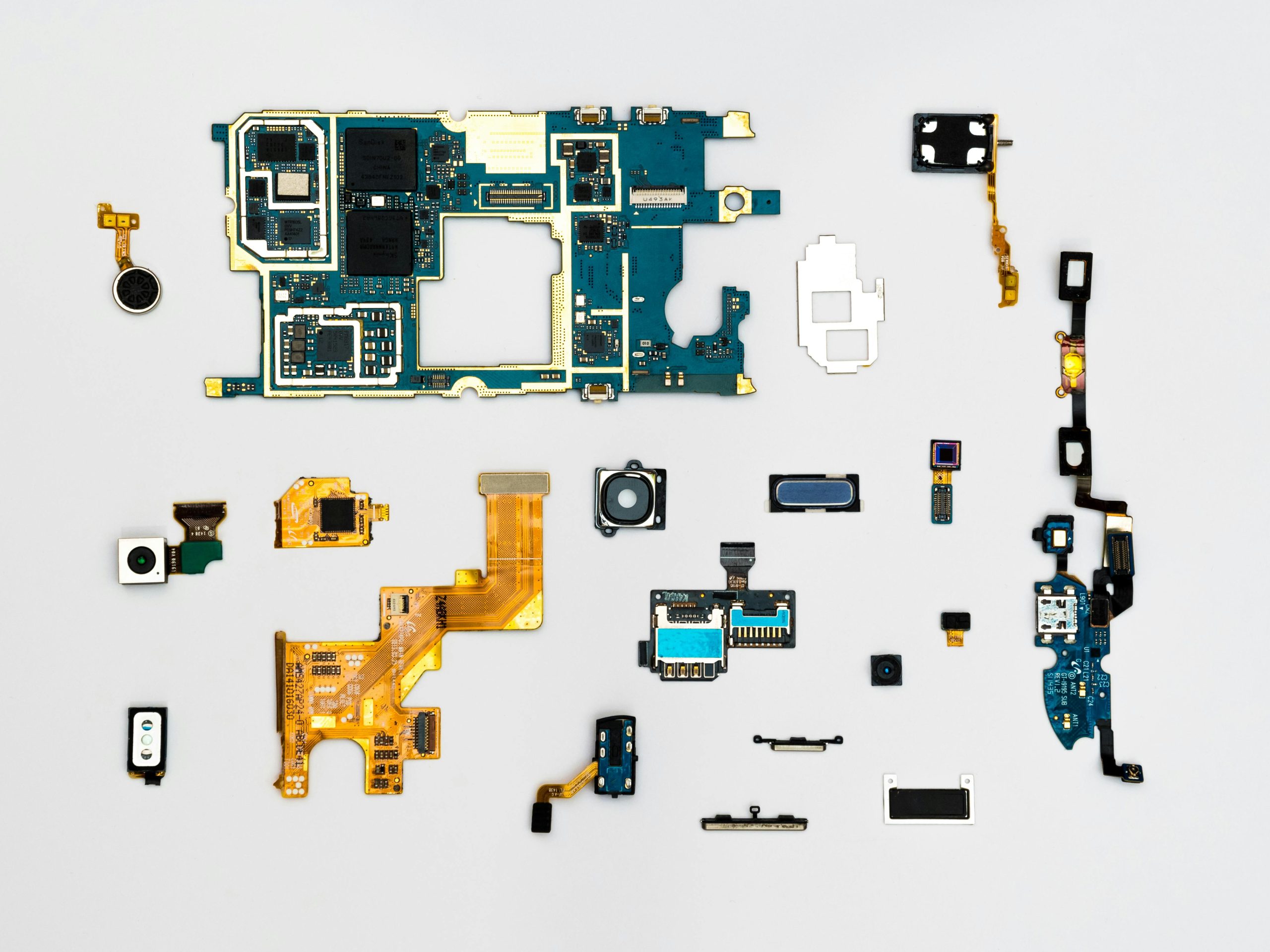Reviving a Vintage Laptop: Setting Up Ubuntu for My Child’s First Computer
I recently embarked on a small yet fulfilling project: rejuvenating a 12-year-old laptop by installing Ubuntu on it. This device is now destined to be the first laptop for my 4-year-old daughter, providing her with an opportunity to learn essential skills like typing and writing.
As I prepare this old but reliable machine for my little one, I’m looking for ways to make it as user-friendly as possible. Specifically, I’m trying to configure the laptop to boot directly into a text editor. This approach would allow her to bypass the complexities of using a mouse, making her initial experience smoother and more intuitive.
Additionally, I have a question for fellow Ubuntu users: is there any way to set the device to start with Caps Lock enabled? This feature would help her as she begins to familiarize herself with the keyboard.
If you have any tips or resources on optimizing Ubuntu for young users or configuring settings for ease of use, I’d love to hear your thoughts! Let’s empower the next generation to explore technology confidently.
Share this content:




Great initiative in repurposing an old laptop for your child’s learning! To configure Ubuntu to boot directly into a text editor, you can set up a custom LXDE or GNOME startup script that launches your preferred text editor automatically upon login. One way is to create a new .desktop file in
~/.config/autostartthat opens the text editor you want (e.g., Gedit, Leafpad) on startup.Then add the following content, replacing
geditwith your preferred editor:For the Caps Lock key to be enabled by default on startup, you can modify the keyboard options. Create or edit the configuration file:
And set the variable:
Then, apply the changes with:
Alternatively, you can use ‘setxkbmap’ command during startup: